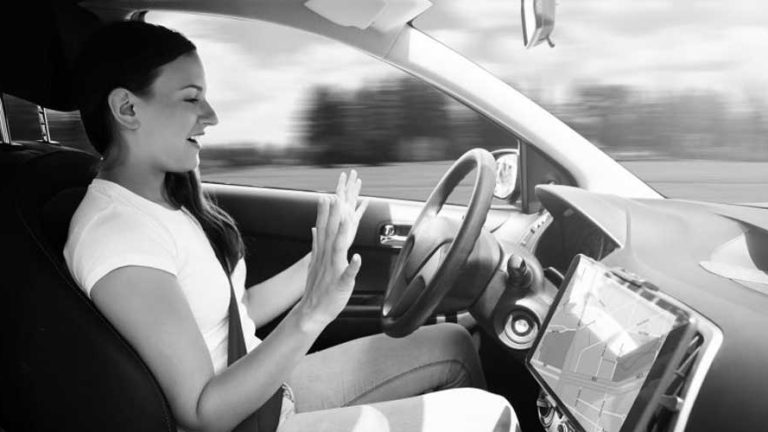Women drivers are better than men when it comes to automation
After a study found that women are better than men at taking control of the vehicle when responding to hazards, driverless cars may require gender settings. According to a new study, women are better than men at operating driverless cars. In a self-driving vehicle simulator, 33 female and 43 male drivers sat. The participants were instructed to take control of the vehicle and respond to a hazard. Female drivers had faster reaction times and better steering control.
It has long been disputed whether men or women make better drivers. Studies have found that female drivers are much less likely to commit traffic offenses than their male counterparts, despite the latter historically making more fun of their driving prowess.
Engineers, however, are carefully examining all of the variables that affect the safety of autonomous automobiles as they become a reality.
According to a recent study from Newcastle University, gender-specific settings may need to be added to autonomous vehicles because women are more adept at operating them than males. According to their research, women were more adept at regaining control of the car when it was necessary to do so to react to a hazard. This is a result of their quicker reflexes, lack of rashness, and improved steering-wheel control.
The DriveLAB simulator, which mimics the controls of a Level 3 autonomous car, was used by 33 female and 43 male drivers for the Newcastle University study. While operating the simulator, the study participants were invited to read aloud from an iPad. The car keeps traveling at its present pace for another minute before alerting the driver of a parked car in the path and asking them to take over the driving. Following that, the participants had 20 seconds to locate the obstruction, switch lanes, and avoid a collision. Women took an average of 2.45 seconds to respond and regain control of the car, while men took an average of 2.63 seconds. Compared to men, who twisted their steering wheels an average of 8.93 degrees from the center, female drivers turned their wheels an average of 8.13 degrees.
The results, which were published in Scientific Reports last month, indicate that driverless automobiles would require settings unique to gender and age.
According to Professor Roberto Palacin, acting head of Newcastle University’s School of Engineering, “Our research can inform software engineers so that the automated vehicle can be tailored for the user, in the same way that people have different ringtones on their mobile phone or might prefer to have it in dark mode.”
Dr. Shuo Li, the study’s author, exclusively told MailOnline that the study’s findings highlighted the significance of implementing inclusive design techniques that take into account the demands, requirements, performance, and preferences of end users from various demographic groups.
Although the research team, led by Dr. Li, discovered that women are more adept at using autonomous cars than men, numerous studies have revealed that women are more cautious about them than men. In their DriveLAB simulator, which mimics the controls of a Level 3 autonomous car, they invited 33 female and 43 male drivers to take the wheel. With this kind of vehicle, the driver can entirely detach from driving and focus on other activities while still being safe. Even when the driver is not actively operating the vehicle, the majority of self-driving cars now in use on public roads require the driver to keep an eye on their surroundings.
Results revealed “significant gender differences,” with women typically able to react to hazards more quickly than males. Women took an average of 2.45 seconds to respond and regain control of the car, while men took an average of 2.63 seconds. Additionally, it was discovered that female participants maintained greater stability by veering the steering wheel less abruptly after gaining control. Compared to 8.93 degrees for males, they turned it an average of 8.13 degrees from the center. The rate of hasty takeovers, in which the driver physically takes control of the car before having their hands on the wheel, their feet on the pedals, and their eyes on the road, was similarly lower in women.
The researchers conclude that self-driving cars should have settings that can be customized for each driver to account for gender-based disparities.






Add comment